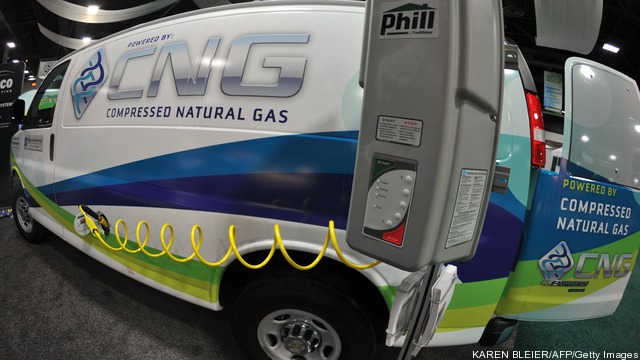
With each passing month, it’s becoming more evident that increasingly inexpensive and abundant supplies of natural gas are overhauling America’s energy landscape. The price of natural gas is at a 10-year low and is roughly half of what it was this time last year, due largely to technological advances – in hydraulic fracturing or ‘fracking’ especially – which allow for recovery of enormous stores of natural gas found in shale deposits. Fracking has in turn led energy magnates including General Electric CEO Jeffery Immelt to suggest that natural gas could be “permanently cheap,” and that the U.S. is entering a new era of domestically produced fossil fuels.
In response, analysts and pundits such as Thomas Friedman have expressed concern that the shale gas boom will significantly defer the transition to solar and other renewables. This is a valid point – the long-term goal of the solar industry has always been to be truly price-competitive with conventionally produced electricity, and cheap natural gas makes that a more difficult task. Keep reading →









